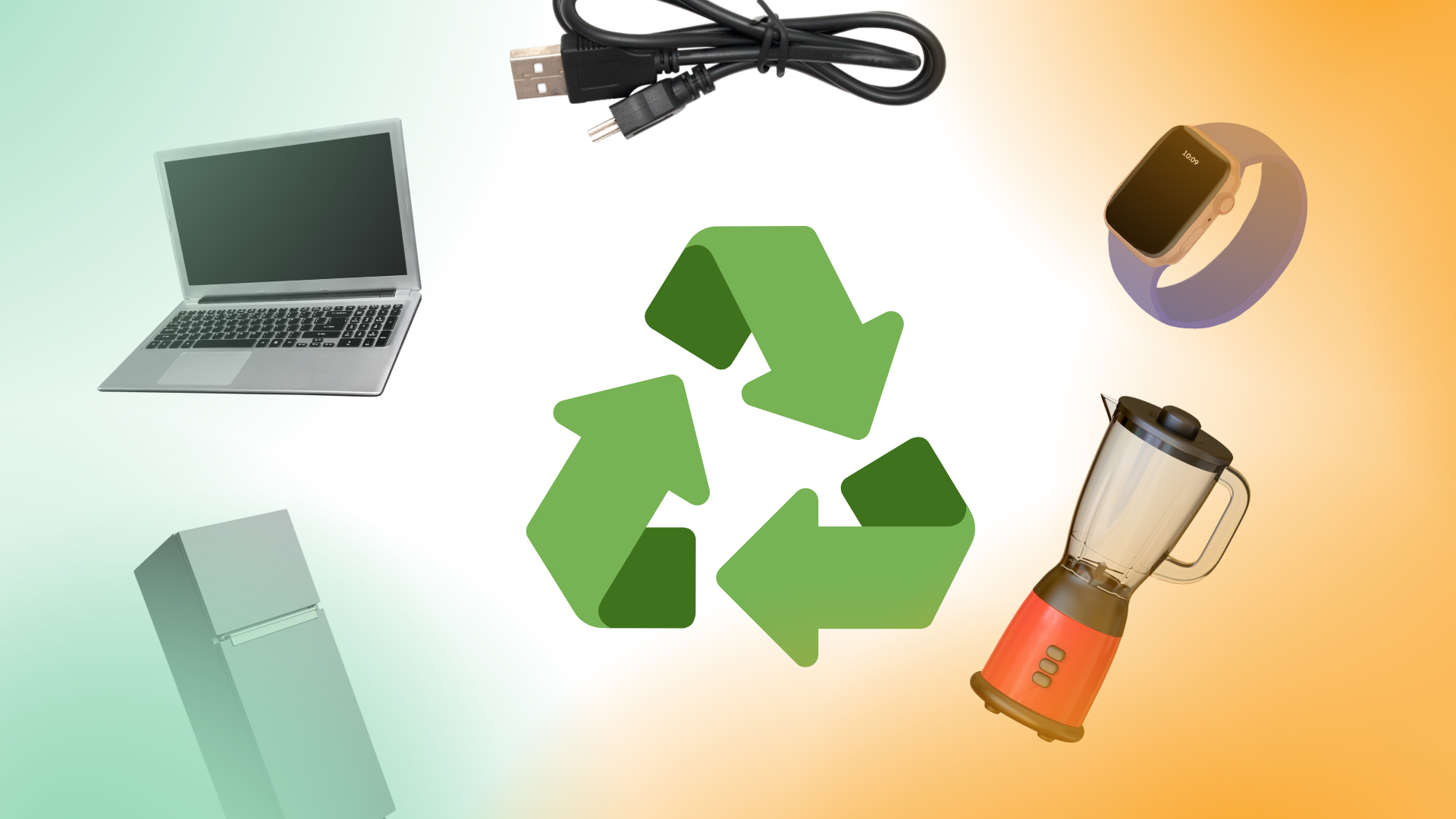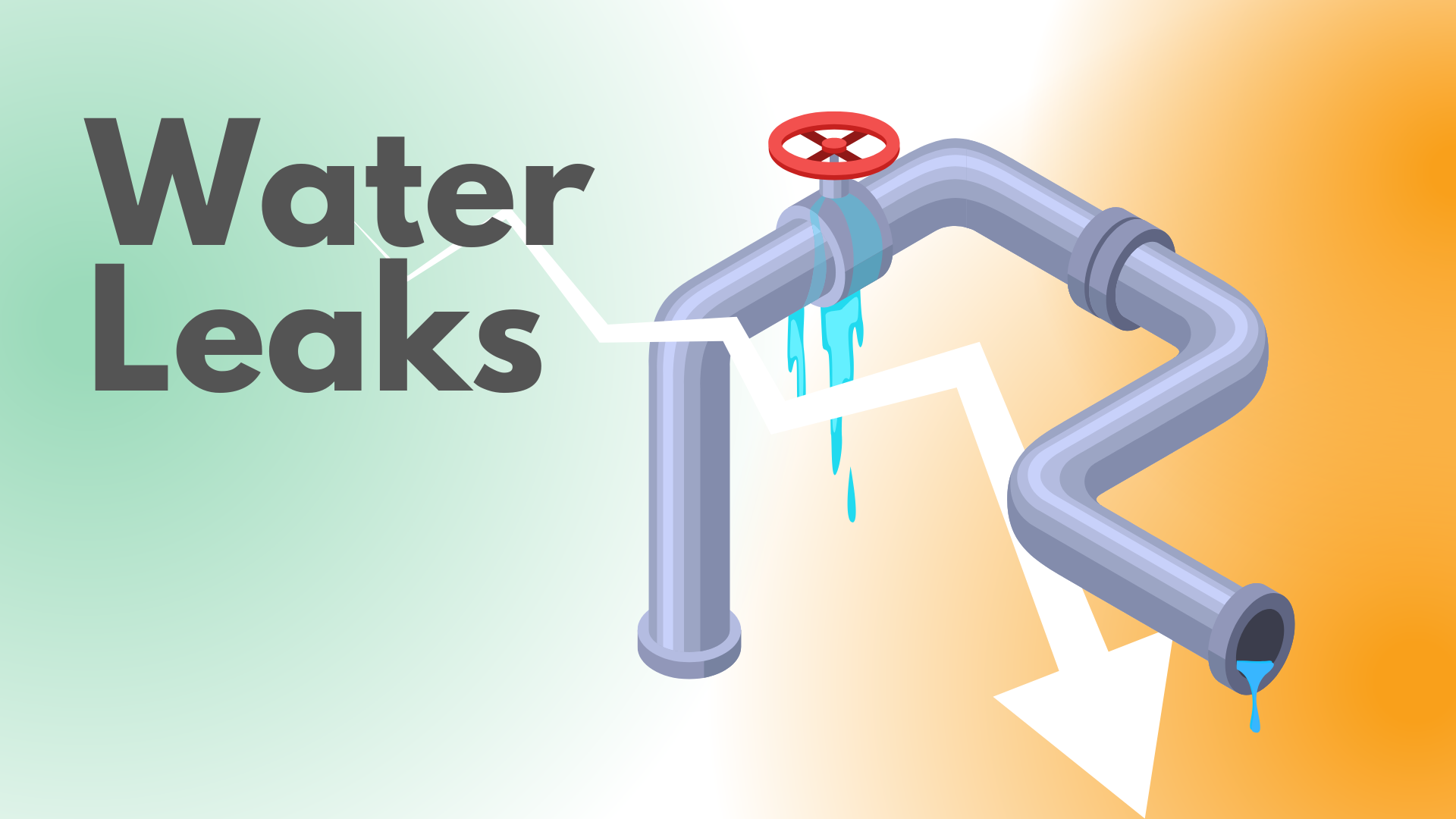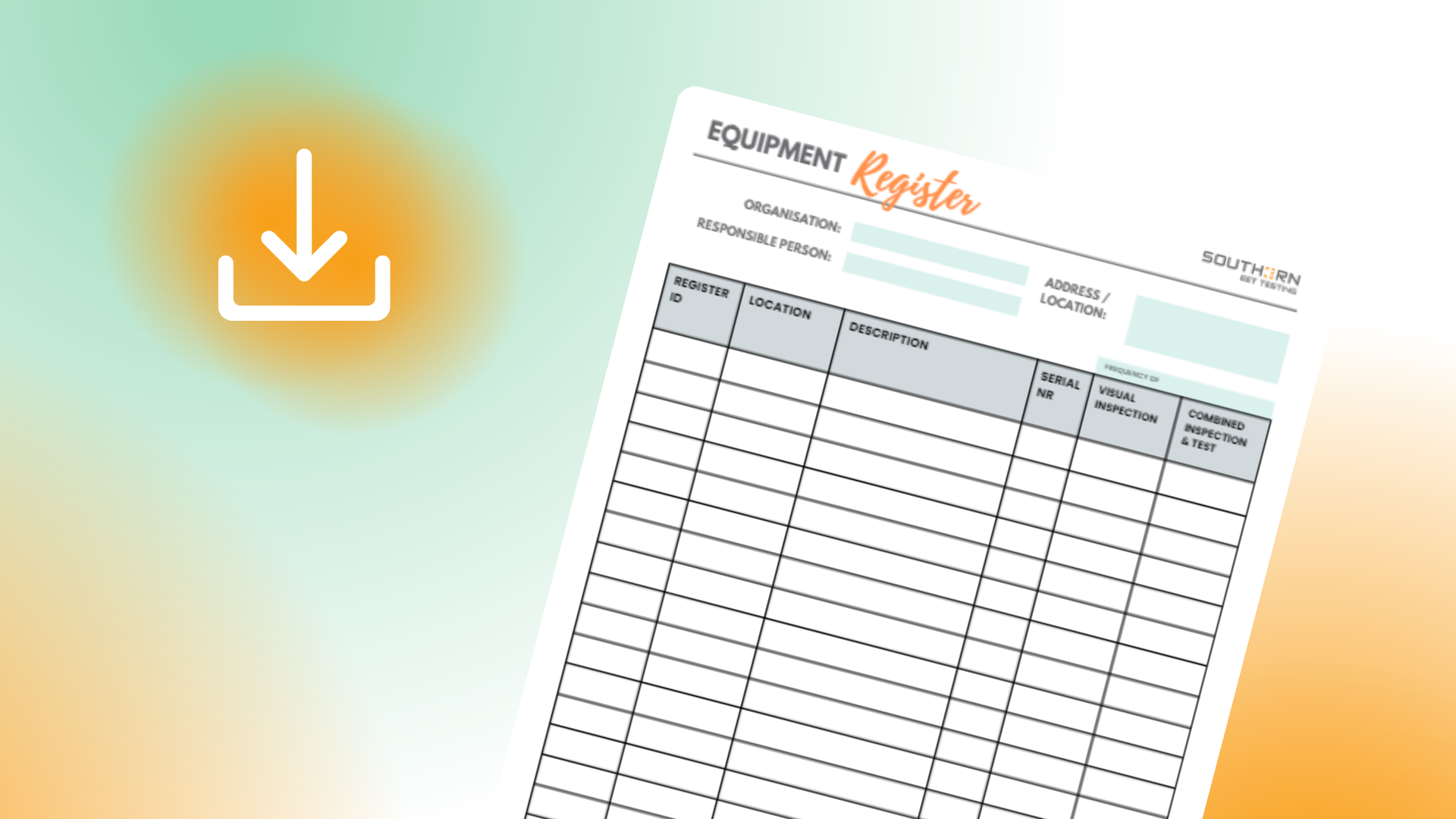What type of items need to be PAT tested?
A Practical Guide to PAT Testing: What Needs to Be Tested in Different Environments & Industries
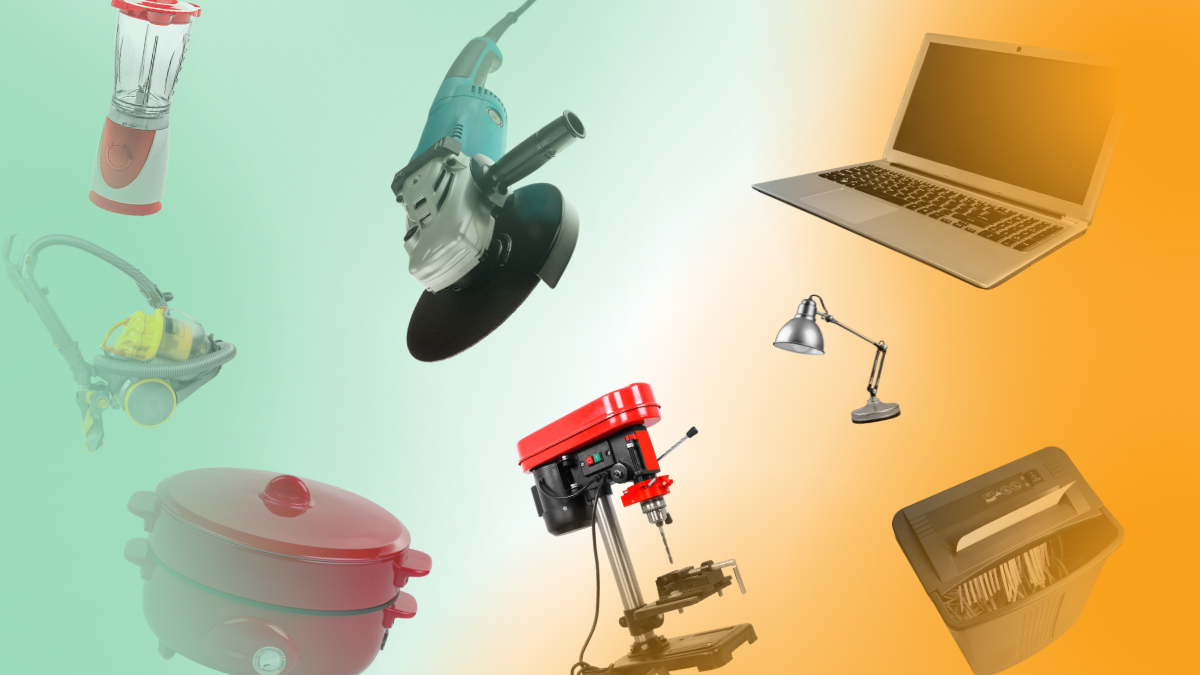
Portable Appliance Testing (PAT Testing / EET Testing) is an essential safety measure in the UK, ensuring that electrical appliances are safe to use. Whether you are a landlord, manage an office, or work on a construction site, knowing what needs to be PAT tested can help you stay compliant with safety regulations and protect those who use your equipment.
PAT testing is not legally required, but employers have a range of electrical safety obligations. The frequency of PAT testing depends on the type of equipment and the environment it's used in here are some examples from different types of customers we encounter here at Southern EET Testing.
PAT Testing for Different Types of Businesses Risk
Electrical equipment in a workplace must be PAT tested periodically. The frequency of testing depends on the type of workplace:
- Offices and low-risk environments: Typically every 2–4 years.
- Industrial and high-risk environments: Usually every 6 months to 1 year.
PAT Testing for Landlords
Landlords are legally required to ensure that their properties are safe, including any electrical appliances they provide. Specific rules may vary by council, so it is advisable to check with your local authority to ensure compliance.
Here are a few example items for Landlords
- Kitchen appliances: Kettles, toasters, refrigerators, and microwaves.
- Household items: Floor lamps, fans, and electric heaters.
- Cleaning equipment: Vacuum cleaners and carpet cleaners.
PAT Testing for Holiday Homes
In Scotland, PAT testing is a legal requirement for holiday homes. In England, Wales, and Northern Ireland, it is not mandatory but is a recommended practice to demonstrate a commitment to tenant safety.
PAT Testing for Care Homes
The Care Quality Commission (CQC) requires care homes to keep electrical equipment safe and well-maintained. While PAT testing is not mandatory, it is a good way to ensure safety and compliance.
PAT Testing in Offices
In offices, the range of items that require PAT testing can be diverse, particularly due to the widespread use of electronics:
- IT equipment: Computers, monitors, laptops, and chargers.
- Office appliances: Printers, photocopiers, and shredders.
- Personal devices: Extension leads, desk lamps, and portable heaters used by employees.
PAT Testing on Construction Sites
Construction sites use a large number of electrical tools and equipment, many of which need frequent PAT testing due to heavy usage and risk:
- Power tools: Drills, saws, grinders, and sanders.
- Extension cables and power boards: Often used outdoors and under challenging conditions.
- Site lighting: Portable floodlights and other temporary lighting solutions.
PAT Testing for Hospitality and Retail Businesses
In hospitality and retail environments, ensuring electrical safety is crucial for both employees and customers:
- Kitchen equipment: Coffee machines, blenders, and commercial microwaves.
- Display items: Decorative lighting and digital signage.
- Customer-use appliances: Hairdryers (in hotels), and hand dryers in washrooms.
By understanding the specific requirements for your environment, you can ensure that every appliance that needs testing is covered, making your premises safer for all.

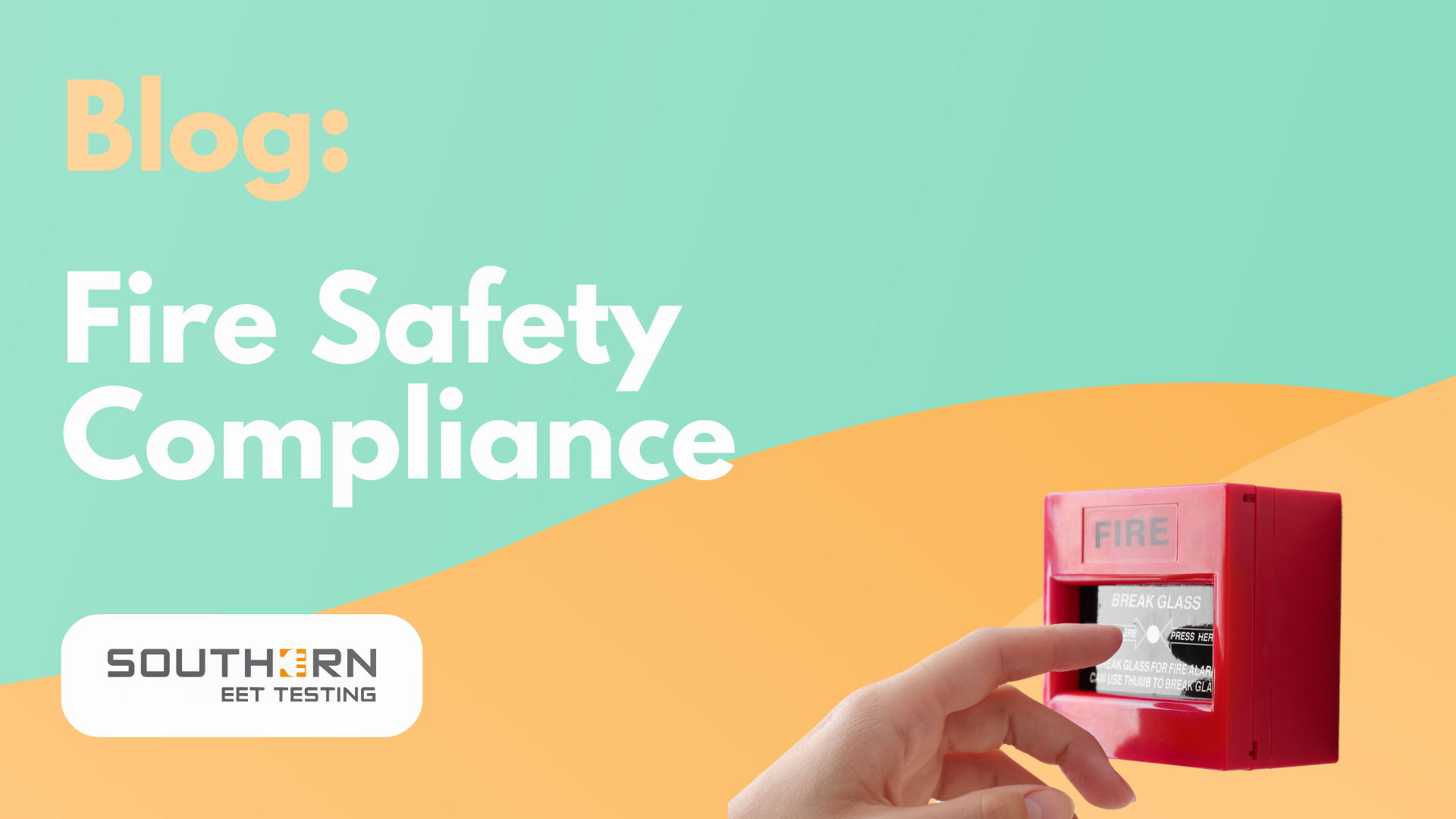
Contact Us
We will get back to you as soon as possible.
Please try again later.
Blog

Contact
0345 017 9747
info@southerneettesting.com
Southern EET Testing
124 City Road, London, EC1V 2NX



